Introduction

Welcome to the world of trifocal glasses, where clarity meets versatility! If you've ever found yourself squinting at your phone while trying to read a menu across the table, you might be in need of a solution that caters to all your vision needs. In this guide, we'll unravel the trifocal glasses meaning, explore the myriad benefits of trifocal lenses, and compare them with their slick cousin—progressive lenses.
Understanding Trifocal Glasses Meaning
Trifocal glasses are designed with three distinct zones for vision correction: one for distance, one for intermediate tasks like computer work, and one for close-up reading. This clever design allows wearers to seamlessly transition between different visual tasks without needing to swap glasses or strain their eyes. Understanding trifocal glasses meaning is essential for anyone considering this option; it’s all about providing clarity at various distances.
Exploring the Benefits of Trifocal Lenses
The benefits of trifocal lenses extend far beyond just convenience; they offer a tailored visual experience that can dramatically enhance daily life. With each zone specifically crafted for different viewing distances, users often find themselves experiencing less eye fatigue and greater comfort throughout their day-to-day activities. From reading fine print in a book to enjoying a scenic view on a hike, trifocal lenses have you covered!
The Basics of Trifocal Glasses vs Progressive
When comparing trifocal glasses vs progressive options, it’s important to note that both serve similar purposes but differ significantly in design and functionality. While progressive lenses provide a smooth transition between multiple prescriptions without visible lines, trifocals offer distinct segments that some users may find easier to navigate. Choosing between these two types often comes down to personal preference and specific vision needs—so let’s dive deeper into what each has to offer!
What Are Trifocal Glasses?
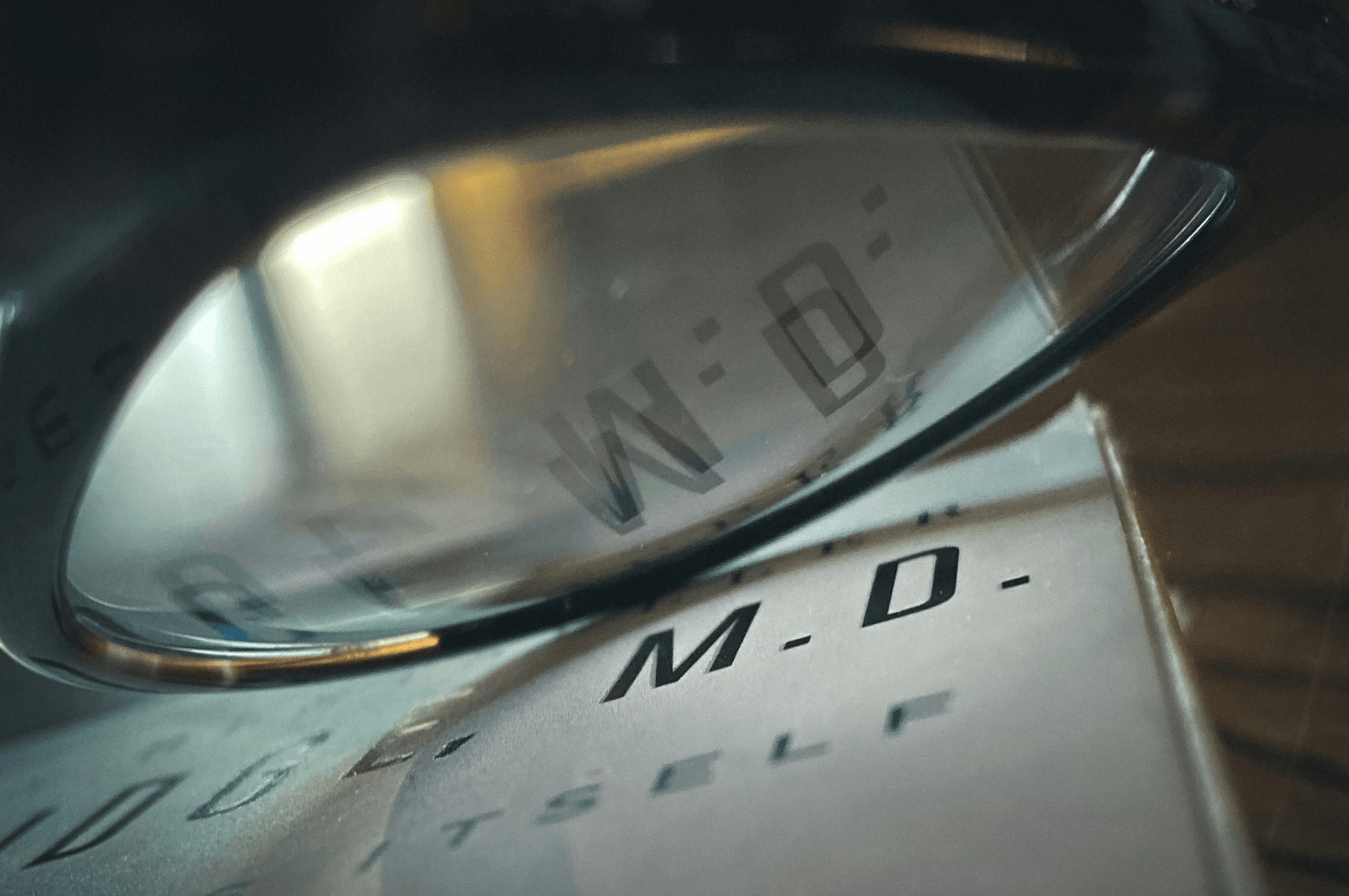
Trifocal glasses are a specialized type of eyewear designed to help individuals with multiple vision needs. Unlike standard single-vision lenses, trifocal lenses contain three distinct optical zones for different viewing distances: far, intermediate, and near. This unique structure allows wearers to seamlessly transition between various tasks, such as reading a book or looking at a computer screen, without the hassle of switching glasses.
Definition and Overview
The trifocal glasses meaning lies in their ability to provide clear vision at three different distances. They are particularly beneficial for those experiencing presbyopia, a common age-related condition that affects near vision. With trifocal lenses, users can enjoy enhanced visual clarity and convenience in their daily activities while eliminating the need for multiple pairs of glasses.
The Different Zones of Vision
Trifocal lenses feature three distinct zones: the upper section for distance vision, the middle section for intermediate tasks like computer work, and the lower segment for close-up activities such as reading. Each zone is carefully designed to provide optimal clarity at specific distances, allowing wearers to see clearly without straining their eyes. Understanding these zones is crucial when comparing trifocal glasses vs progressive options since progressive lenses offer a more gradual transition between distances rather than distinct sections.
Who Needs Trifocal Lenses?
Individuals who have difficulty focusing on objects at varying distances may benefit from trifocal lenses. Typically, those over 40 years old experience presbyopia and may find that traditional single-vision glasses no longer meet their needs effectively. If you frequently switch between activities requiring different focal lengths—like watching TV (distance), using a computer (intermediate), or reading (near)—trifocal contact lenses or glasses could be an ideal solution.
How Do Trifocal Lenses Work?
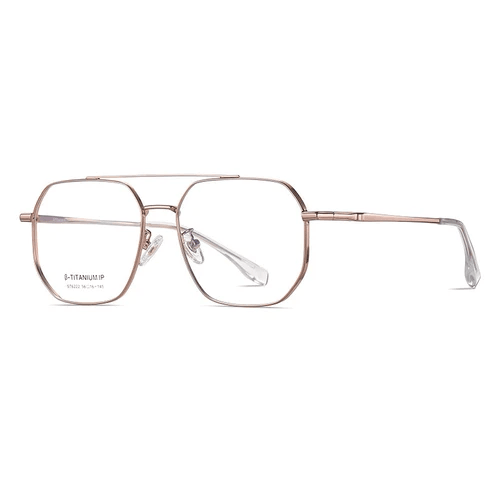
Trifocal lenses are designed to provide clear vision at three distinct distances: near, intermediate, and far. Understanding the trifocal glasses meaning is essential to appreciating how these lenses function effectively for those with presbyopia or other vision issues. Each zone in trifocal lenses serves a specific purpose, allowing wearers to transition smoothly between different visual tasks without constantly switching glasses.
The Science Behind Trifocal Vision
At the core of trifocal lenses is a unique design that incorporates three separate optical zones, each tailored for different focal lengths. The upper portion is typically for distance vision, the middle section caters to intermediate tasks like computer work, and the lower segment is ideal for reading. This scientific approach helps users maintain clarity at various distances without straining their eyes or needing multiple pairs of glasses.
Adapting to Trifocal Glasses
Transitioning to trifocal glasses can be a bit of an adjustment for first-time users; however, with patience and practice, most individuals adapt quite well. Initially, wearers may experience some distortion or difficulty aligning their gaze with the correct zone; this is completely normal as your brain learns to interpret the different focal points provided by trifocal lenses. Regular use will enhance comfort and efficiency in navigating daily activities—whether you're reading a book or enjoying a scenic view.
Common Misconceptions
There are several misconceptions surrounding trifocal glasses that can lead to confusion among potential users. One common myth is that they are outdated compared to progressive options; however, many still prefer the defined zones of trifocals over progressive glasses meaning which offers a more blended approach but can sometimes lead to peripheral distortion. Additionally, some believe that adapting to trifocals takes an excessively long time—most users find they adjust within days rather than weeks when they commit to wearing them consistently.
Trifocal Glasses vs Progressive: Which is Better?
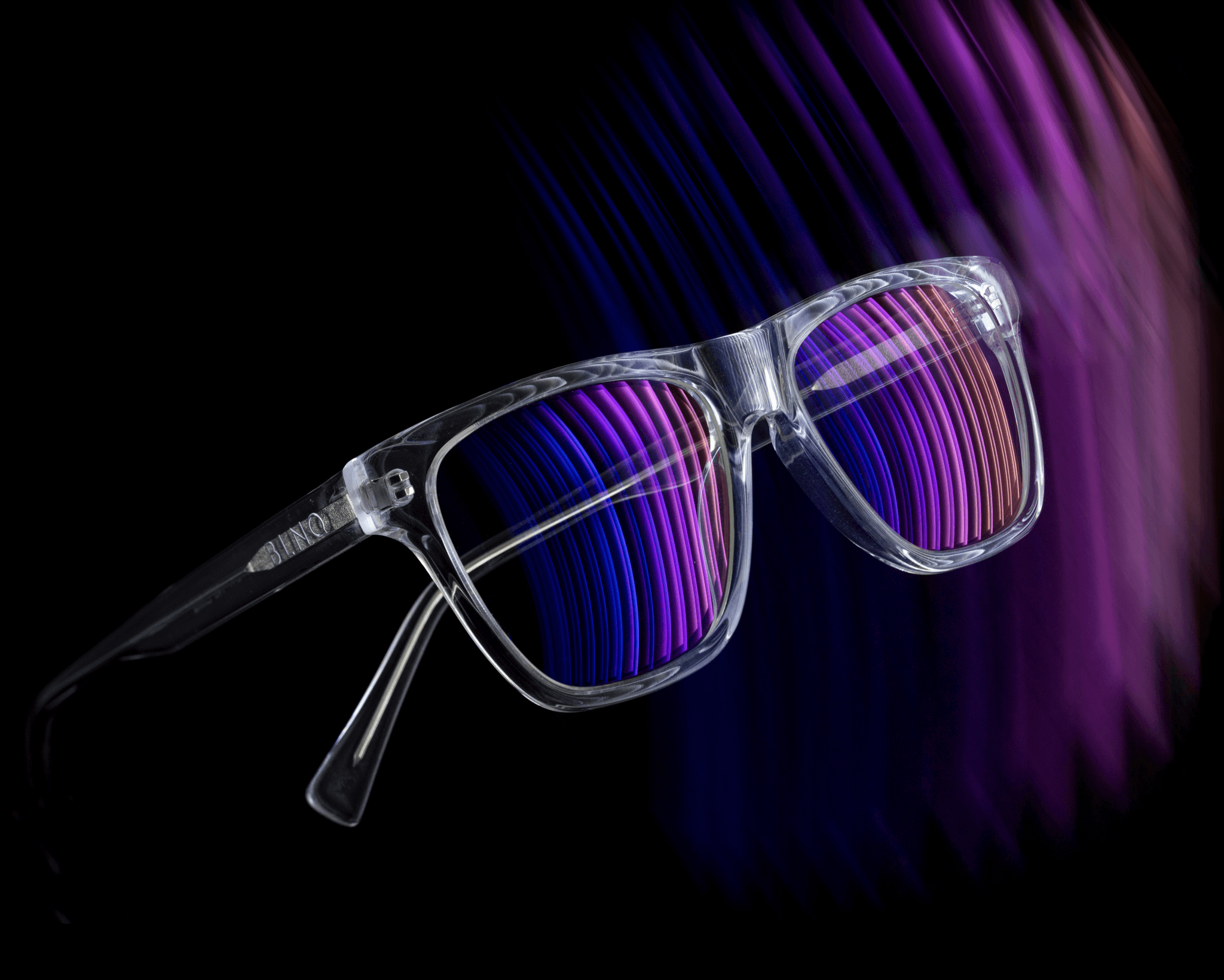
Key Differences Explained
Trifocal glasses are designed with three distinct zones for viewing: one for distance, one for intermediate vision, and one for near activities like reading. In contrast, progressive lenses provide a smooth transition between multiple focal points without visible lines separating them—think of them as a more modern take on multifocal lenses. This fundamental difference in design affects not only how you see but also how quickly your eyes adapt to each type of lens.
While both trifocal lenses and progressive options serve similar purposes, the way they achieve visual clarity can be quite different. Trifocals have defined segments that can be easier to locate when you're switching focus quickly, while progressives require some practice to find the right spot for each distance. Ultimately, your lifestyle and vision needs will dictate which option may suit you best.
Choosing the Right Option for You
So how do you decide between trifocal glasses vs progressive? Start by considering your daily activities—do you need quick access to all three vision zones frequently? If so, trifocals might be your best bet since they offer distinct areas tailored for specific tasks.
On the other hand, if you're looking for a more modern solution that provides versatile visual clarity without noticeable lines, then investing in progressive lenses could pay off in comfort and style over time! Remember that trying both options is essential; many optical shops offer trials or consultations that allow you to experience firsthand which type suits your needs better before committing fully.
In conclusion, whether you lean toward trifocal contact lenses or traditional eyewear depends on personal preference as much as it does on functionality—so explore all avenues available!
Shopping for Trifocal Glasses Online
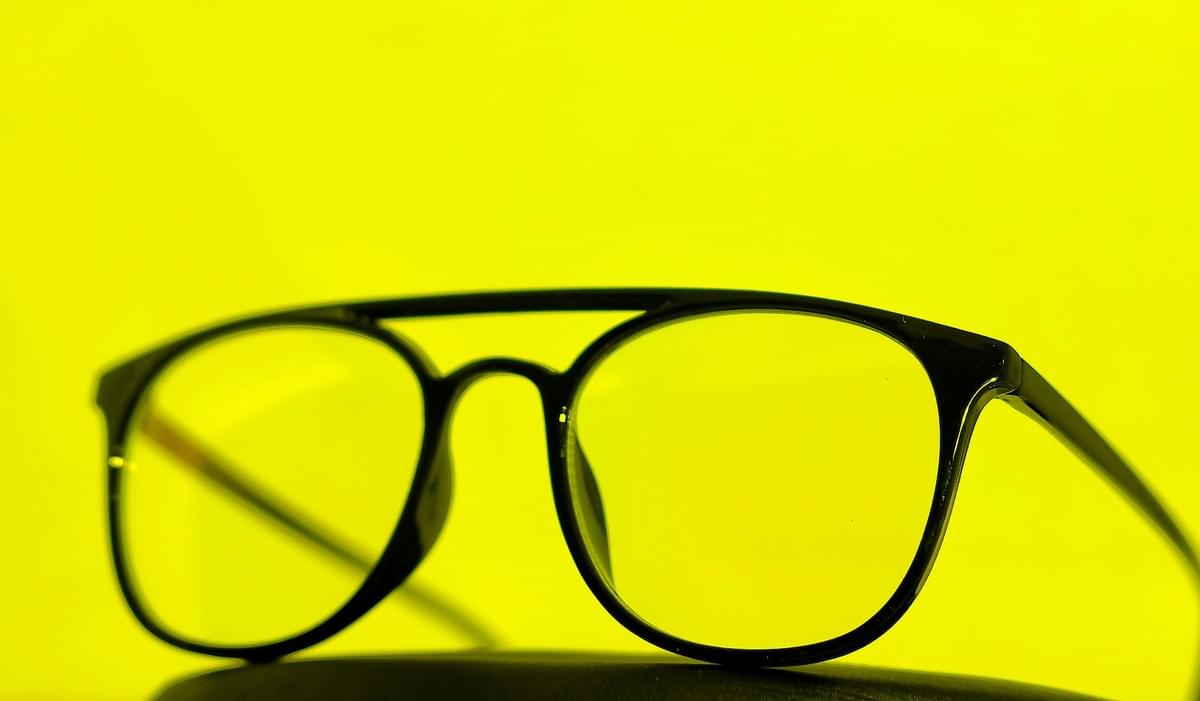
Shopping for trifocal glasses online can be an exciting adventure, especially with the variety of options available. With just a few clicks, you can explore numerous styles and prices without leaving your couch. However, navigating this digital landscape requires some savvy to ensure you get the best trifocal lenses that suit your needs.
Finding Quality Options at Aisen Optical
When it comes to finding quality trifocal glasses online, Aisen Optical stands out as a reputable choice. They offer a wide range of stylish frames and high-quality trifocal lenses tailored to various visual needs. Not only do they provide detailed descriptions and customer reviews, but they also emphasize the importance of understanding trifocal glasses meaning to help you make an informed decision.
Tips for Buying Trifocal Glasses Online
Buying trifocal glasses online can feel daunting, but there are several tips that can make the process smoother. First, always check the return policy; this will give you peace of mind in case your new eyewear doesn't fit or suit your style as expected. Additionally, take accurate measurements of your pupillary distance (PD) and frame size—these details ensure that your trifocal lenses are perfectly aligned for optimal vision.
What to Look for in Trifocal Lenses
When selecting trifocal lenses, keep an eye out for features that enhance comfort and performance. Look for high-quality lens materials that offer scratch resistance and UV protection; these factors greatly influence longevity and eye health. Moreover, consider whether you'd prefer traditional trifocal glasses or if you're intrigued by alternatives like progressive glasses meaning—each has its unique advantages worth exploring.
Trifocal Contact Lenses: An Alternative
If you're considering options beyond traditional eyewear, trifocal contact lenses may just be the right fit for you. These innovative lenses provide a seamless transition between different focal zones, similar to trifocal glasses meaning but without the bulk of frames. They offer enhanced convenience and freedom, especially for those who lead an active lifestyle or prefer not to wear glasses.
The Advantages of Trifocal Contact Lenses
Trifocal contact lenses come with several advantages that can elevate your vision experience. First and foremost, they provide a wider field of view compared to trifocal glasses, allowing users to enjoy clear vision in all directions without the frame obstructing their peripheral sight. Additionally, these lenses eliminate the risk of fogging or smudging that often accompanies wearing glasses, making them ideal for outdoor activities or physically demanding tasks.
Another significant benefit is the comfort factor; trifocal contact lenses sit directly on your eye and move with you, which can create a more natural visual experience than traditional trifocal lenses that require constant adjustment. This adaptability means less strain on your eyes when switching between different distances—near, intermediate, and far—making them perfect for multitasking throughout your day. Plus, they can be a stylish alternative if you're not keen on wearing eyewear that defines your look.
How They Compare to Glasses
When weighing trifocal contact lenses against traditional trifocal glasses online, there are several key factors to consider. While both options provide multi-focal capabilities tailored to varying visual needs—like reading or using digital devices—contacts offer a more discreet solution that doesn't alter your appearance. This can be especially appealing if you prefer a minimalist aesthetic or want to avoid the geeky stereotype often associated with eyewear.
However, some may find adjusting to contact lenses challenging at first; it requires practice to insert and remove them comfortably compared to simply putting on glasses. On the other hand, progressive glasses meaning refers to another lens type that blends multiple prescriptions seamlessly but lacks distinct zones like those found in trifocals—which might confuse some users when making comparisons between these options. Ultimately, choosing between contacts and glasses depends on personal preference and lifestyle needs.
Fitting and Comfort Considerations
Since comfort is paramount in any lens selection process, finding quality options becomes essential—especially if you're transitioning from standard eyewear like progressive or bifocals into multifocals like these contacts!
Moreover, unlike typical frames that rest on your nose or ears (which can sometimes lead to discomfort), well-fitted contacts should feel almost weightless once they're properly adjusted within your eye's curvature—a game-changer for long-term wearers! It's also worth noting that proper hygiene practices must be followed diligently since improper care could lead not only irritations but also infections—a consideration not as prevalent with traditional trifocal glasses.
Conclusion
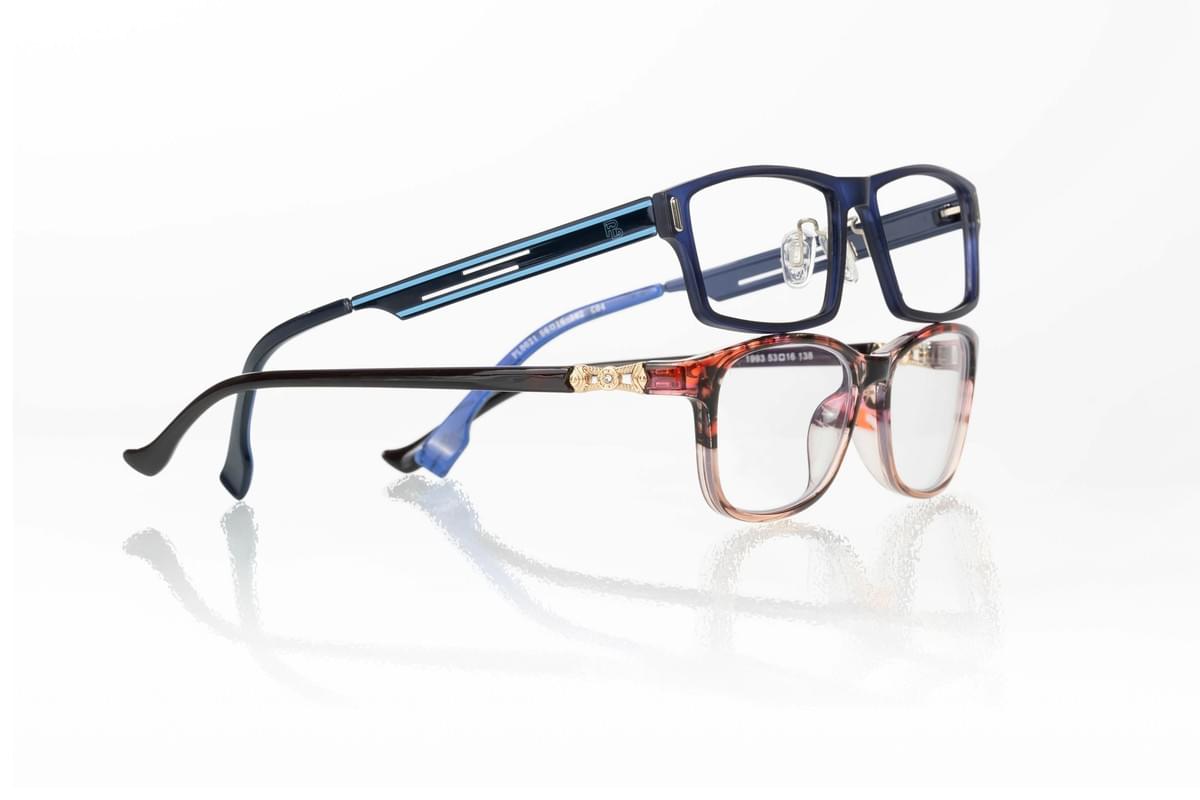
In summary, trifocal glasses offer a unique solution for those needing multifocal vision correction. With their distinct three zones, these lenses allow wearers to transition smoothly between distances, enhancing daily activities like reading, working on a computer, and driving. Understanding the trifocal glasses meaning is essential for anyone considering them as an option.
Summary of Trifocal Glasses Benefits
The benefits of trifocal lenses extend beyond mere convenience; they provide clarity at multiple distances without the need to switch between different pairs of glasses. Users often report improved visual comfort and reduced eye strain since each zone is specifically designed for different tasks. Additionally, when comparing trifocal glasses vs progressive options, many find that the structured zones of trifocals can be easier to adapt to initially.
Final Thoughts on Choosing Trifocal Lenses
If you value clear distinctions in your vision zones and prefer a straightforward approach to multifocality, trifocals might be your best bet. However, if you're looking for seamless transitions without visible lines in your lenses, exploring progressive options could also be worthwhile.
Where to Buy Trifocal Glasses Online
Shopping for trifocal glasses online has never been easier! Websites like Aisen Optical offer a wide range of styles and lens options tailored to your specific needs. When purchasing online, always look for reputable sellers who provide detailed descriptions about their products—including information about the quality of the trifocal lenses—and customer reviews that can guide your choice.
